Bridges, history and color
Every trip has to have something memorable, or else it is not a journey worth remembering. A truly interesting one, I had while being in Holland, more specifically in the city named Maastricht.
Where is it and what is different about it?
Well, if you will have the time to read what I am about to say, then you will definitely not be sorry. I will tell you what interesting things I saw there, how I felt, how the people are, the food and how to get there.
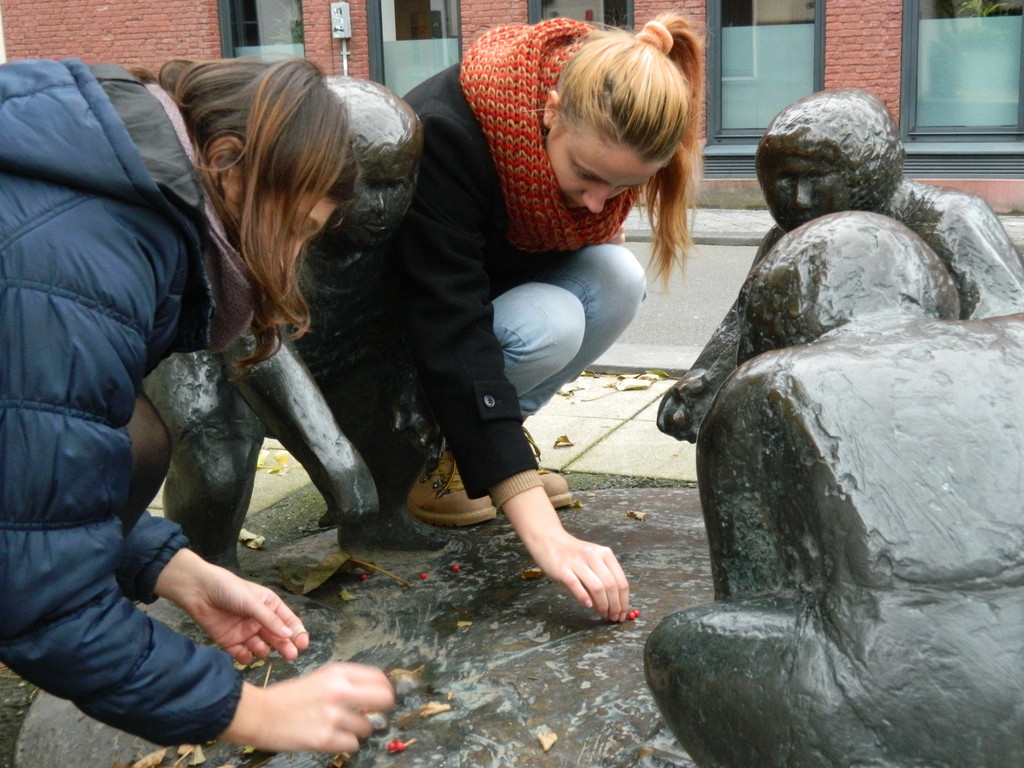
First of all, you should know that I went to Holland through Belgium. Meaning that I went to the land of three spoken languages and from there to Netherlands. Belgium is quite close to Maastricht, you just have to take the train, stand a 40 minutes ride and you’re there, in the southern part of the province called Limburg. In this way you will have the opportunity to see more than one country and, of course to enjoy all of the benefits they offer.
As you all may presume, one of the things that makes Maastricht so attractive to tourists is obviously “The Treaty of Maastricht” signed by the European Council at the 7th of February 1992, it is considered the birth document of the European Union, the paper that talked for the first time about the European citizens and about European citizenship and it was the means through which the UE made the euro, an international currency.
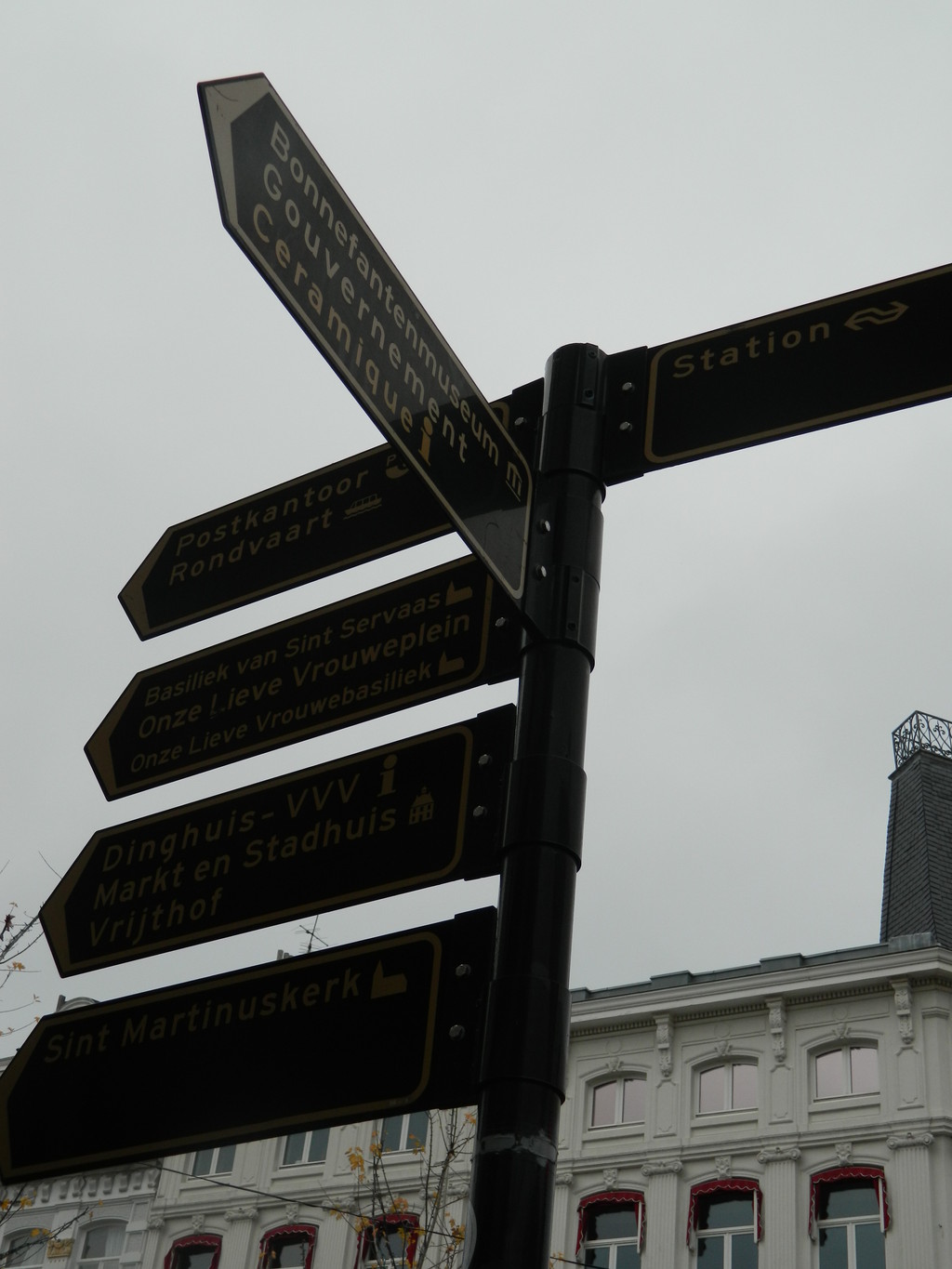
The city is also close to the German border so if you have the necessary time you could actually hit three country in one stroke. I, for one, did not; but if I go back to Belgium, I will make sure to go to Germany, as well (In fact, to tell you a secret, I will go to Germany in December). But, coming back to my story.
Maastricht is considered by the local folk, as I found out, as the oldest city from Netherlands, but there is a lot of mystery concerning this issue, since there are two sides of the story and other people say that, Nijmegen, another town holds this position. What is the truth I do not know!
The name of the city is connected with the Roman times, it is said that it derives from a Latin word that could be translated in “crossing the Meuse”, Meuse being one of the rivers from here. The Romans constructed a bridge over this river, thus putting, for the first, this land on the maps and in the medieval documents.
Ok, so you are at the train station. The train reached its destination and you have to get off. Where to go next? Simple, just follow the written inscriptions on the walls, the exist ones and you will arrive exactly in front of the station. There you will see this really big sign, made from metal that says “Maastricht”, from that point, in front of you, lies the city. When I was there I saw a fair of antiquities, old mirrors, old postcards with the image of the ancient version of the city, wooden bracelets and necklaces, paintings, second hand photo cameras, ancient brooches (like the ones with the “Camely Lady”- a special brooch representing a beautiful woman, it is the symbol of French elegance), handmade blouses, coins dating from past time till present ones, rings and even silverware engraved in thorough detail.
The language seemed very different to me, due to the fact that I more used with Latin or Slavic related languages and I can understand/ learn them faster. A friend of mine that is studying in Netherlands told me that Dutch is very similar to German and, since I did some German I shouldn’t encounter great difficulties understanding the “marvelous” Dutch. I must admit, he overestimated me, I understood a word or two, but the rest was as blank as humanly possible. I will not be talking or learning words in Dutch, soon (the only sentence that I remember from all the sentences that my friend tried to teach me is “Dui! Dui! ” – which if I wrote it properly means “Bye! Bye! ” and you are supposed to say this phrase only to girls.
Another thing that made Maastricht famous, this time a negative event was the Second World War. It was occupied by the Nazi Germany in the early May. This was a black spot in the long history of the city, all the Jews from here were killed according to the anti -Semitic rules of Hitler. The official documents of Maastricht confirm that the majority of Jews populating this part of land in the year 1940 were “exterminated” in the Nazi concentration Camps. This darken period lasted until the 14th of September 1944, when the city was liberated and its progress started once more.
The city flourished, both economically and socially, education prospered and in the year 1976 the “University of Maastricht” emerged as a pillar of faith in the future development of the city. This road lead to most desired success, transforming the national beauty and riches into international goods. Maastricht is renowned for the liberty of thought and for its individuality. Which brings me to my next point, here like all the cities from the envied Holland you are allowed to smoke “herbs that bring magic” and until, some time ago you had to be a resident of the city in order to have access to the bar / places where they sell this kind of merchandise, but from what I read in the international press, today you can buy without having to be a resident. (I do not know whether this affirmation is true, I did not buy anything of this sort, I am just telling you what I have heard from friends that had a more practical approach compared to me )
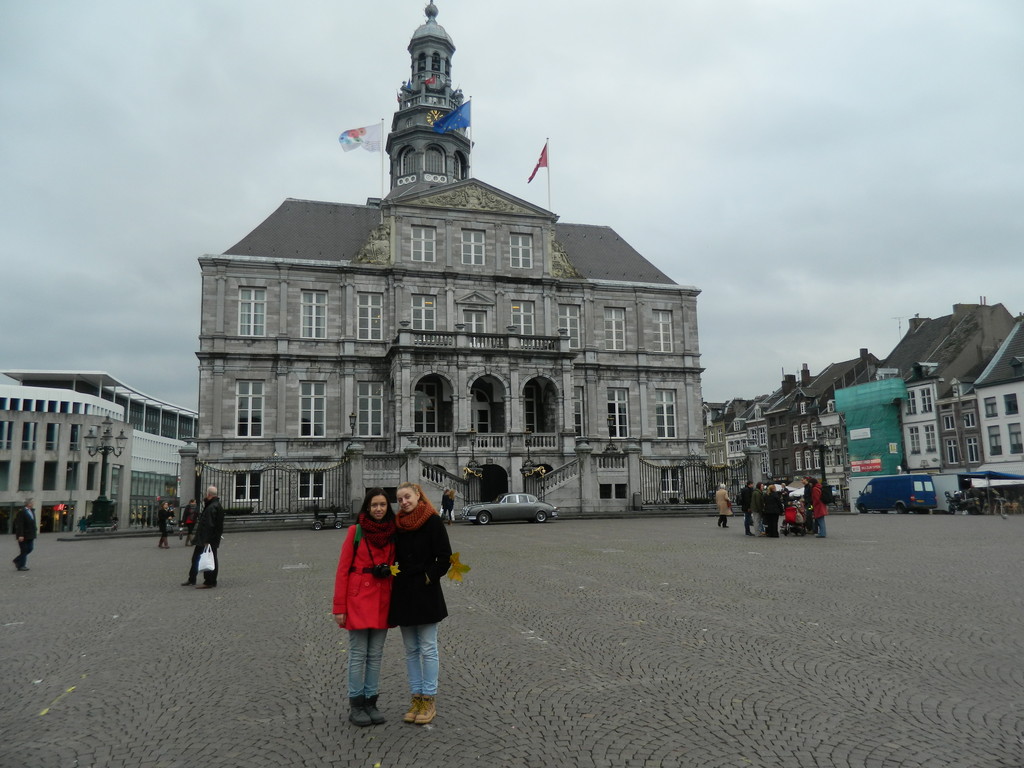
Unlike the rest of the cities from Netherlands that are prospering from this kind of business, Maastricht launched a campaign of self awareness about drugs. The City Hall even approved a plan to relocate the places were soft drugs were sold, from the center to the periphery parts, so if you need cannabis, you will know where to go.
Now let’s turn our attention to what is good to see in this small city?
It is worth mentioning that Maastricht is part of the “Most Ancient European Town Network” – this is a kind of organization that concerns itself with the preservation of old towns, considered of great historical importance. This recognition of valued alongside with many other qualities makes Maastricht, one of the most visited cities from Holland.
You can visit a lot of castles, museums, parks and bridges. I liked, particularly the bridges, beautiful constructions from cement hanging over the starving mirrors of the water, keeping this immortal force from flooding the houses and making transport, both for vehicles and humans, easier. Traces of the historical significance of the city can be seen everywhere, since the old fortifications still exist. I saw the one called “Onze Lieve Vrouweplein”, made from what seemed to me, red or brown brick, in front of this fortification there was a canon display, five or six canons were lined up for battle as in the old times. On the right of this place, you could see a lake arranged in a modern way, with water jumping through special devices in the air. The lake is surrounded by a great, still green garden, trees colored in all shades of emerald and yellow, ducks swimming in the water, smaller swimming birds and calm songs coming from God knows where, make this place a really pleasant location. It think it is more beautiful during the summer or spring than now, because then you could actually see all the nature enfolding itself, but is was also ok, in autumn. We got to play with the never ending carpet of fallen leaves, under the curious eyes of the people that were passing by and that saw three, crazy girls playing like four year olds. I think beauty makes people feel beautiful and they get a certain emotion of harmony.
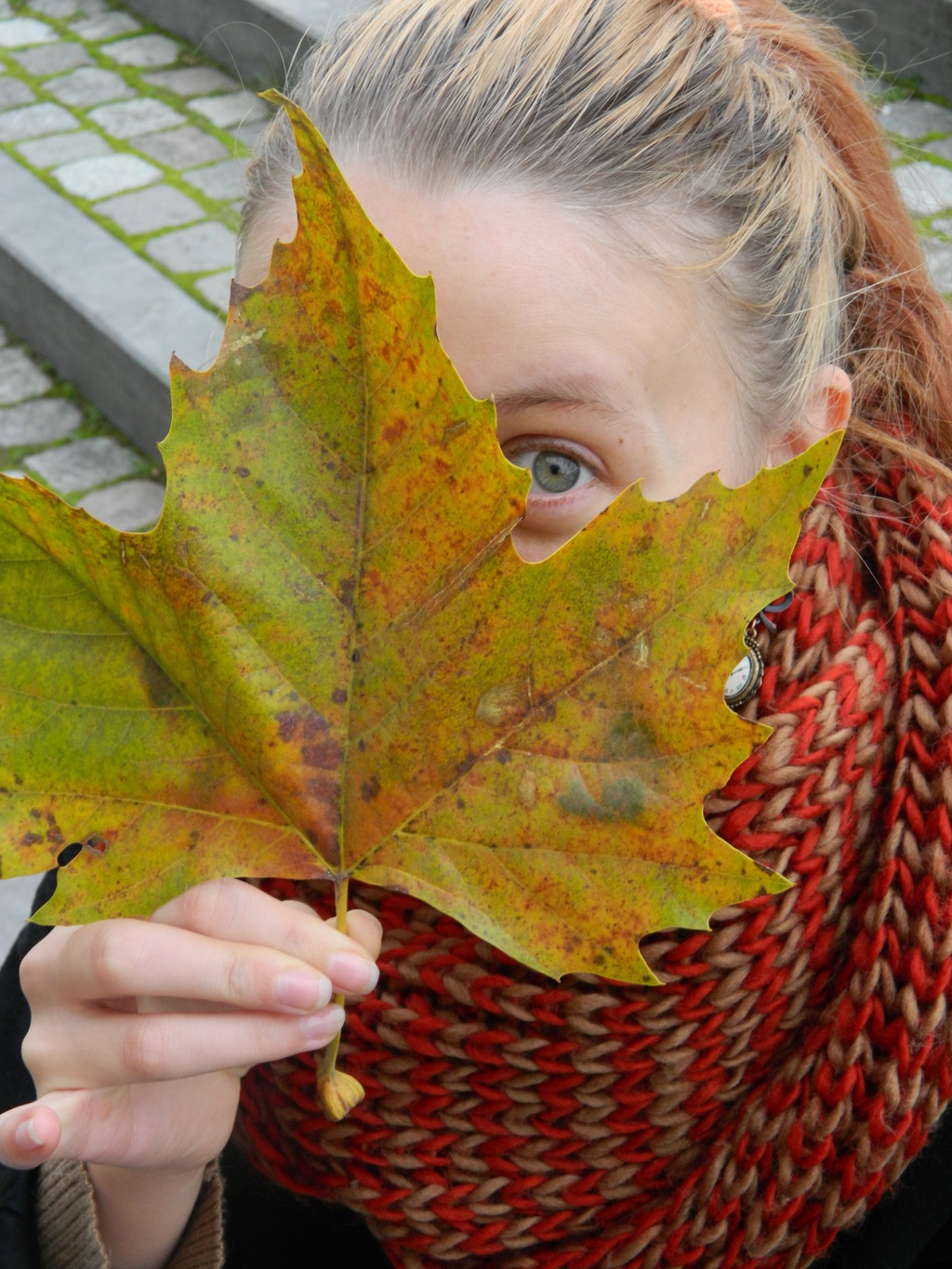
After all the walking we have to eat, the variety of places where you can grab a bite is impressive. Must I add that, while we were walking through the city center, just straight ahead from the train station, there is an Italian restaurant, where they serve Italian meals and pizza, moreover, what I liked was the fact that the waiters spoke the Latin descending language.
I saved the best thing for the ending. I fell in love with Maastricht immediately. Why? One word for you, bicycle.
Hundreds of bicycles were lined up at the exit of the train station, as much as your eyes could see, bikes over bikes, of different colors and brands. Their appreciation for the natural environment impressed me. I even heard from a student, that in Maastricht, if there is an accident involving a car and a bicycle, meaning a driver and a bicyclist then the fault for the negative event is most often put on the driver. You, can’t help yourself to feeling respect for their passion and dedication in this department.
The second word, river.
We found this beautiful tree near a river and an old fortress. It had big branches and powerful roots, it was holding the shore together. It was like a picture from a fairytale. The color of the leaves was amazing and in perfect contrast with the sound of the water passing by. We saw that the tree was branded by all the people who were there before us, it had names of people carved deeply into the bark. We did the same thing, we left a trace of our journey on the history of the ancient natural element. Magic! Don't forget to check the photos to see the tree!
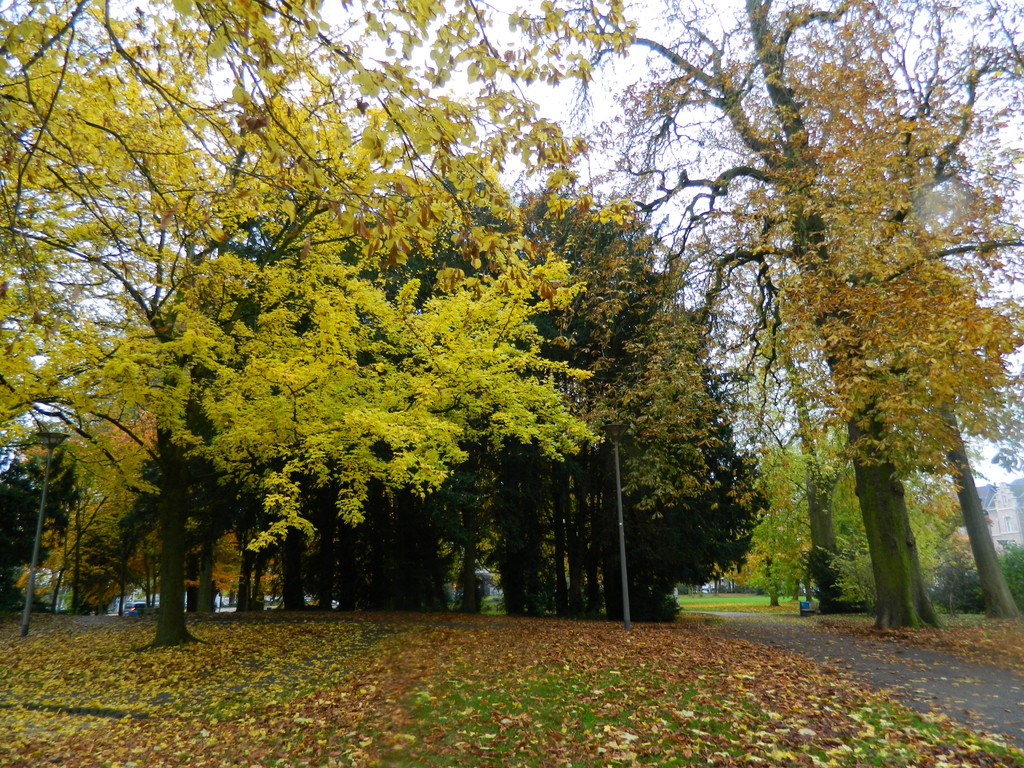
If you want to find more about this interesting city, I found a great link: here. It contains a lot of information about the city and the prominent characters that have Maastricht origins. That’s all from me, the rest is up to you! Enjoy!
(Pictures made by my dear friend, Giorgiana Astefanei)
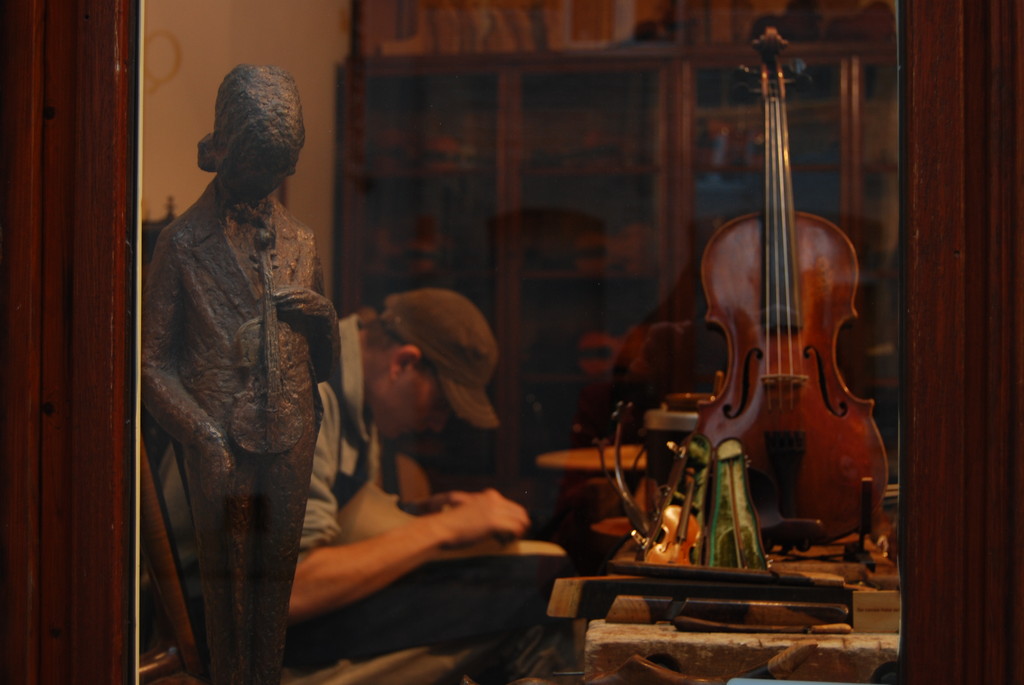
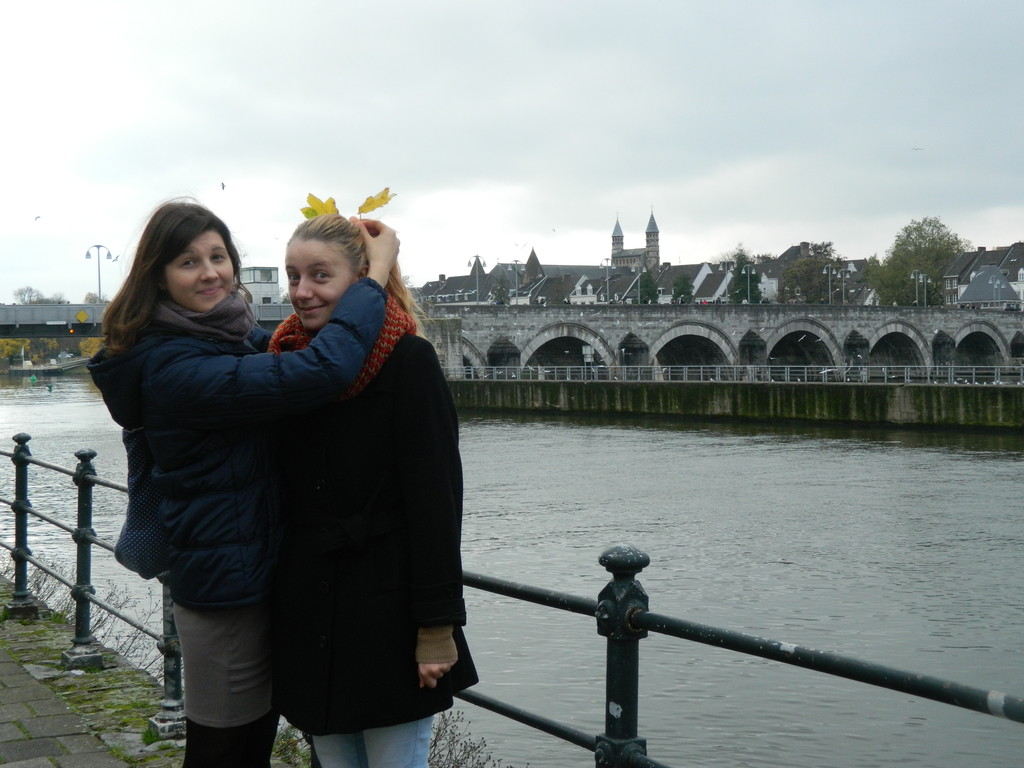

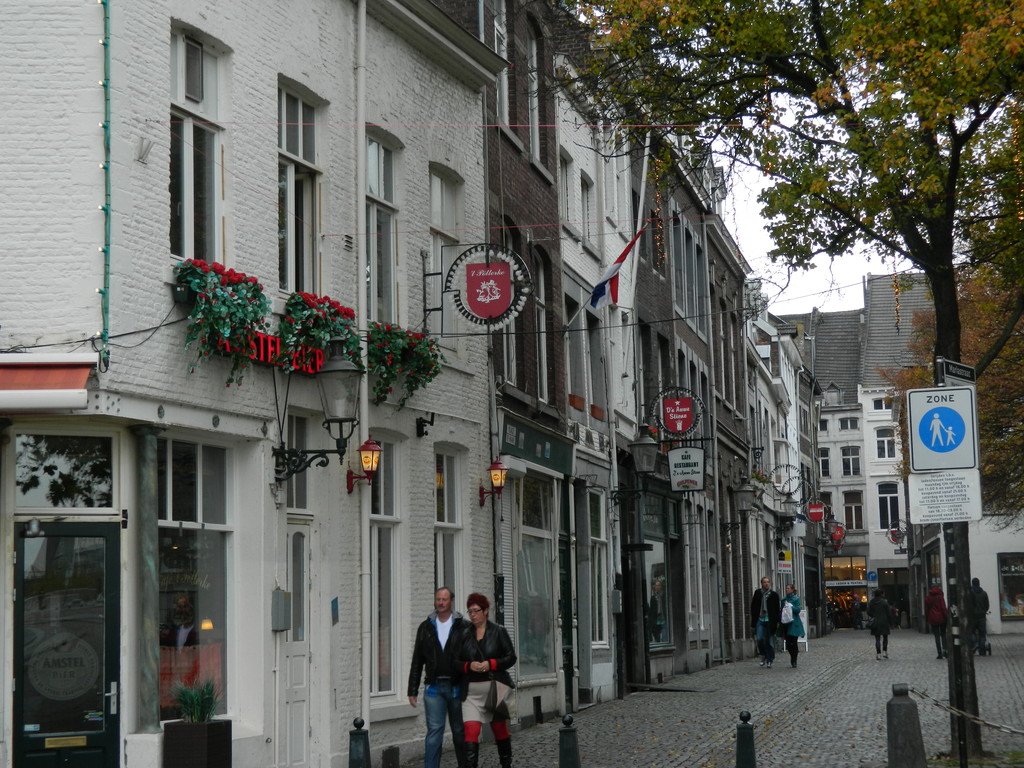
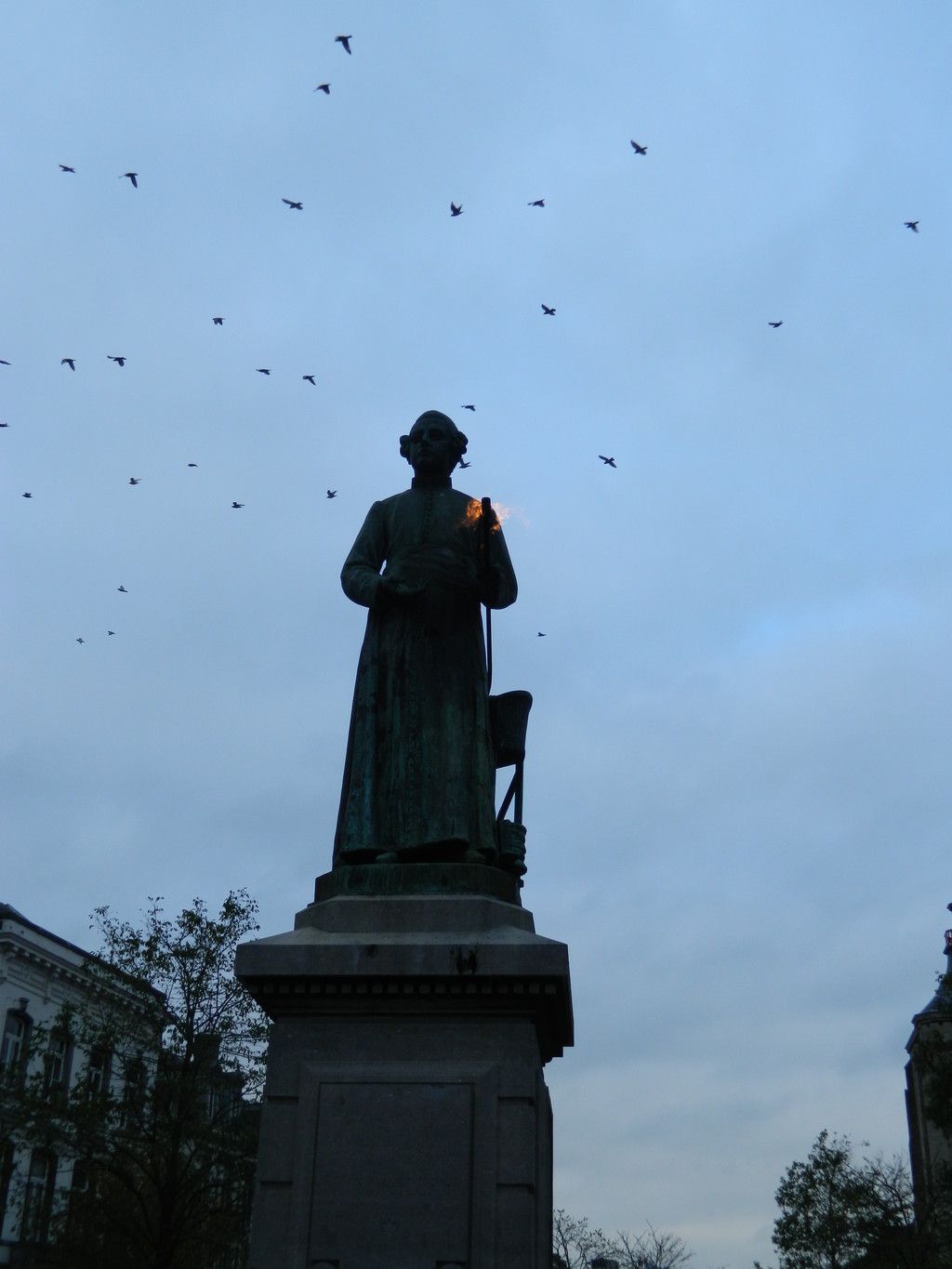


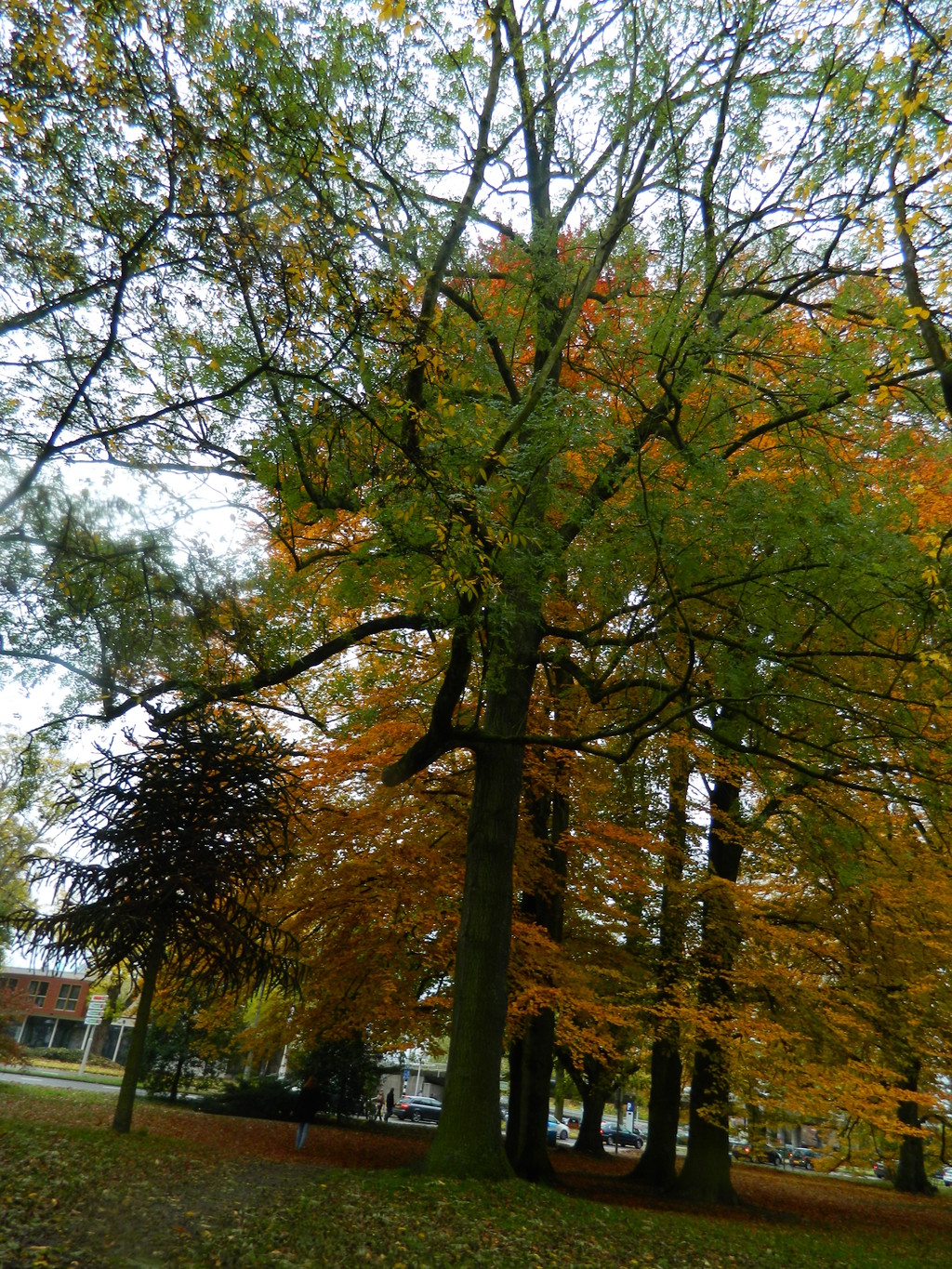


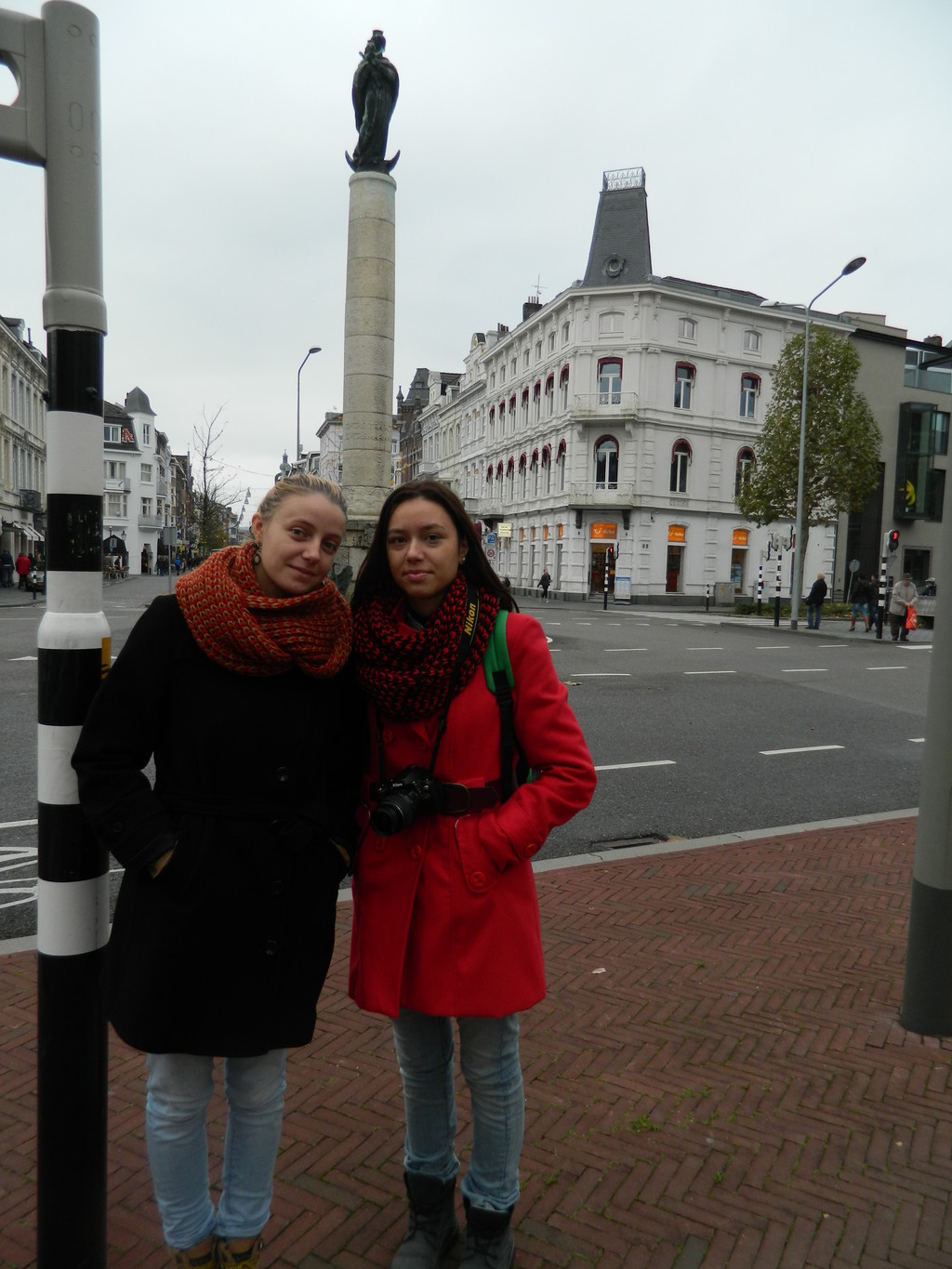
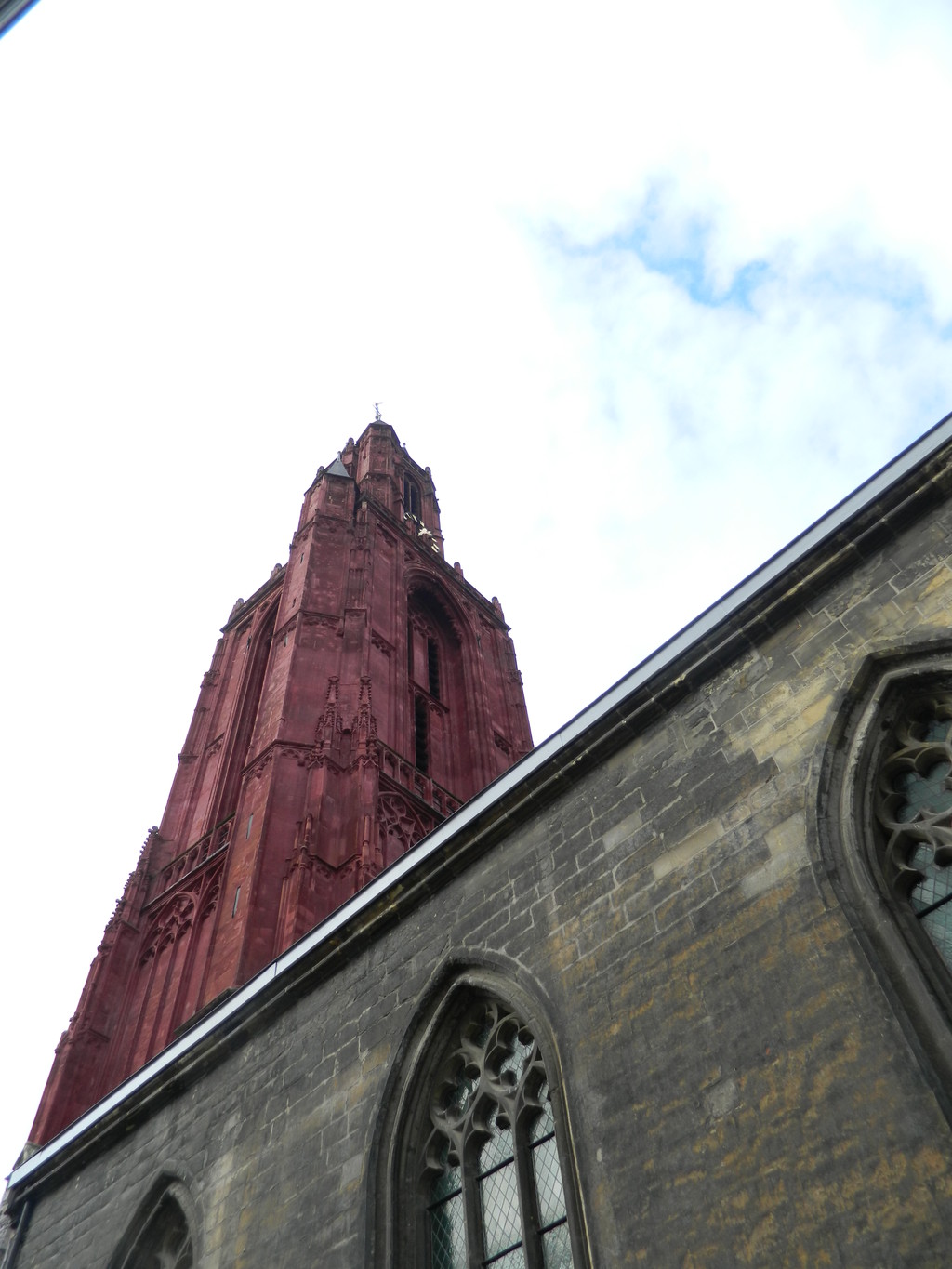
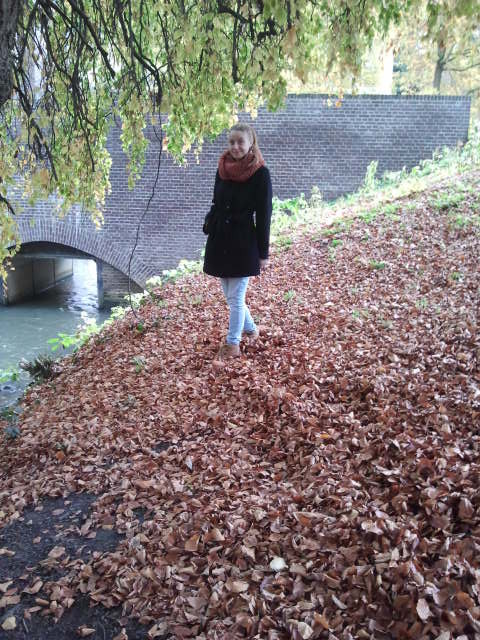
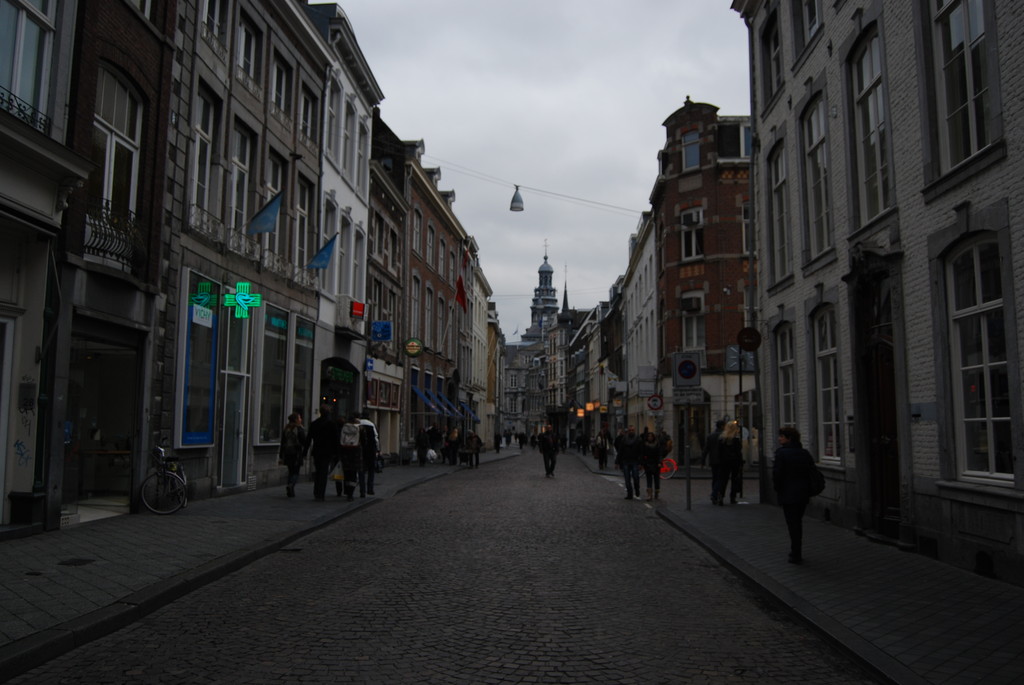

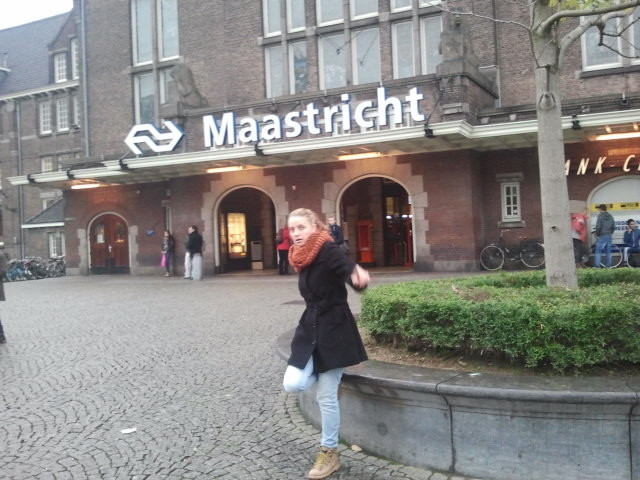
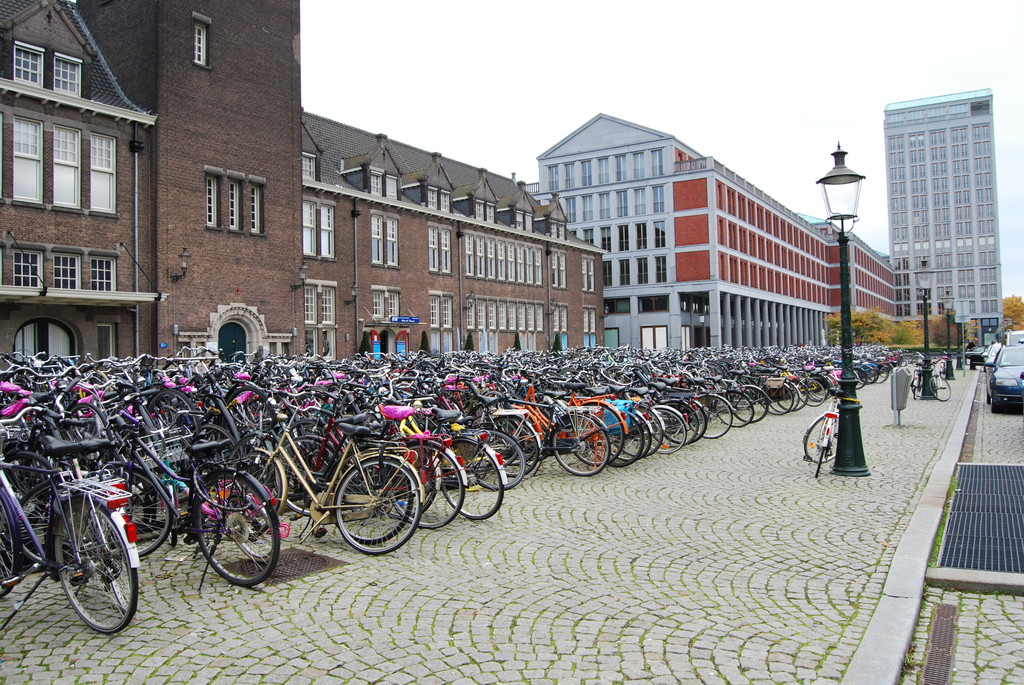
Photo gallery
Content available in other languages
- Español: Puentes, historia y color
- Italiano: Ponti, storia e colori
Rate and comment about this place!
Do you know Maastricht? Share your opinion about this place.







































